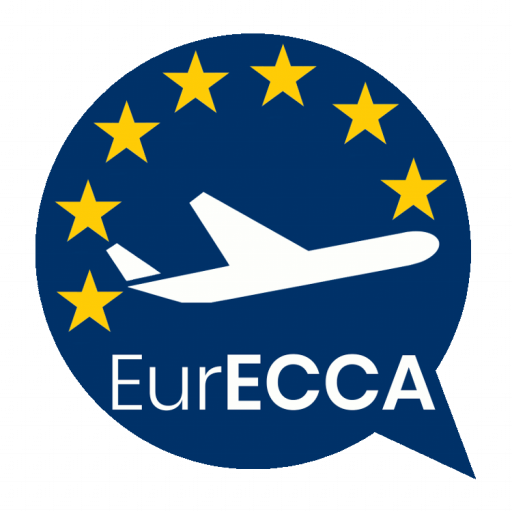On 12th July 2021 the European Aviation Safety Agency (EASA) updated the Safety Directives relating to the cleaning and disinfection of aircrafts in which it recommends to clean and disinfect the aircraft “at least once in any 7 days interval instead of any 24 hours intervals.
https://ad.easa.europa.eu/ad/SD-2021-05
According to the last IATA (International Air Transport Association) guide: «Aircraft cleaning and disinfection during and post pandemic Ed. 2 – 22 January 2021″, the cleaning and disinfection procedures should be considered by all airlines and their relevant national authorities as part of the range of measures required in the aviation restart process, on the basis that “improved routine cleaning can reduce the risk of communicable diseases transmission in aviation processes”.
During the pandemic, it has been recommended to all airlines to review their cleaning standards and to include specific disinfection programs, based on the companies’ risk assessments, to be kept updated in accordance with the international guidelines and industry standards and recommendations.
At European level EASA Safety Directive 2020-03
https://ad.easa.europa.eu/ad/SD-2020-03#download
recommended to “clean and fully disinfect the aircraft” at least once in any 24 hours intervals, so many airlines have been able to maintain their pre-Covid cleaning procedures (one time per day regardless number of flights flown or number of passengers) just adding the disinfection process on top of their cleaning at the minimum intervals recommended in the Safety Directive: once every 24 hours.
According to international guidelines during the pandemic, companies shall have instead reviewed and amended their previous cleaning standards programs, in line with the increased risk due to Covid -19 sanitary crisis and its variants and should have taken into account their specific type of operations according to the already existing international guidelines such as the World Health Organization’s “Guide to Hygiene and Sanitation in Aviation and industry standards and other specific recommendations”.
On the 12th July the European Aviation Safety Agency (EASA) updated the Safety Directives relating to the cleaning and disinfection of aircraft.
Contrary to what is stated on the previous one, EASA Safety Directive 2020-03 where operators needed to clean and disinfect the aircraft at least once in any 24 hours interval, the new EASA Safety Directive 2021-05, states that cleaning and disinfection has to be carried out “at least once in any 7 days interval, (…).
First at all, EASA has to be clear by distinguishing cleaning and disinfecting.
According to the Guide to Hygiene and Sanitation in Aviation:
https://www.who.int/ihr/ports_airports/guide_hygiene_sanitation_aviation_3_edition_wcov.pdf
Cleaning means: Removal of visible dirt or particles through mechanical action undertaken on a routine and frequent basis.
According to the International Heath Regulation,
https://en.wikipedia.org/wiki/Aircraft_disinsection – :~:text=”Disinfection” means the procedure whereby health measures are,by direct exposure to chemical or physical agents.
Disinfection means: the procedure whereby measures are taken to control or kill infectious agents on a human or animal body, on a surface or in or on baggage, cargo, containers, conveyances and goods by direct exposure to chemical or physical agents.
With the new EASA Safety Directive, it can be reduced to once in 7 days with no scientific base.
Flying on an airplane which hasn’t been cleaned for 7 days includes:
– dirt and debris accumulating on the seats, under the seats, in between the seats, on the tray tables, in the overhead locked, in the air filters;
– toilets with biological hazards accumulated for 7 days, etc.
EASA objective https://www.easa.europa.eu/light/easa “to promote and achieve the highest common standards of safety and environmental protection in civil aviation to ensure you have the safest possible flight.” is not met.
In addition, workplace health promotion for aircrew has to be a primary task for all Authorities’ recommendations and directives and company risk assessments must be overseen by independent third-party Authorities.
SANITATION processes have to follow specific guidelines that take into account areas of operation which might be assessed as “high risk (red), very high risk (dark red), or unknown risk (grey), or in an area with high circulation of variants of concern.”, but at the same time cleaning measures have to be maintained and possibly enhanced, especially if the sanitation ones are reduced.
EurECCA calls EASA to amend the last Safety Directive 2021-05 issued on 12th July 2021 and calls OSHA to contact all EU National health Authorities to oversee airlines risk assessments with the aim to quickly review their internal procedures which might be insufficient to protect crew and passengers flying in Europe.”

